Agroforestry in 21st Century
Synopsis
Under the given changed world scenario as a result of globalization of the trade, agriculture has also to be received as an industry. Following GATT agreement and the procedures of WTO, anything can be imported from anywhere and vice versa including farm based products. It is therefore imperative that land is put under the most appropriate management system. Conventional or traditional system of management of farmlands is not going to work. It has to be competitive and oriented as per the needs of the day. Agroforestry, tree plus crop together, as one of the farm management options has tremendous potential. This will not jeopardize the food production. In order to have food security, area from agriculture can not be diverted to raise trees to fill the gap between demand and supply fill the gap between demand and supply of wood based products. It is noble way of growing trees. In view of the growing emphasis on suitable forest management, tree resources outside public forest have been receiving attention at National and international level. Agroforestry is ecologically sound as well trees add to biodiversity and help in moderating the harsh climate. The leaf fall, underground roots, shade effects, reduction in soil erosion, etc. help in maintaining soil fertility. However, farmers will not spare their agricultural land for sole raising of trees, therefore agroforestry seem to be the only available option for maximum and sustainable productivity while preserving the environment. Over the years, farmers have been integrating tree+crop+animal components for sustenance. With the passage of time, the agricultural components for sustaining self-sufficiency in food grains. The population pressure resulted in small holdings and consequently lesser number of trees on the farms providing food, fodder, fibre, fuel, fertilizer, fruit, etc. The introduction of high yielding crops has no doubt resulted in self sufficiency in foodgrains but its role in degrading natural resources can not be overlooked. In order to bring a balance between food sufficiency and ecological stability it is paramount to copy the nature by integrating different biota of life i.e., trees/shrubs/bushes, high value cash crops and/or animal husbandry. The traditional systems, which have been evolved by trial and error by our villagers, are to be preserved and improved by adding scientific input of tree+crop+animal modeling and by introducing superior genetic base in these polycultural systems. Agroforestry systems with their element of intercropping are similar to natural systems and have, therefore, an element of sustainability associated with them. Today agraoforestry is one of the important option for the diversification of agricultures in the country. It is a natural resource conserving system not resource depleting system. However, there is ample vacuum as regards bio-physical and socio-economic processes involved in the component. Keeping in view the growing importance of the subject, this publications Agroforestry in 21st Century has been brought out for the recent developments in the field of agroforestry. This publication will help in plugging the vacuum in the knowledge base and support in shaping the future research programme in agroforestry. The publications will be helpful to the scientists, planners, managers, farmers and the students.
Read more
72.00
64.8
$
80.00 $
Free delivery Wolrdwidе in 10-18 days
Ships in 2-4 days from New Delhi
Membership for 1 Year $35.00
Get it now and save 10%
Get it now and save 10%
BECOME A MEMBER
Books by the same authors
-

Production Technology and Management of Agroforestry Models
-
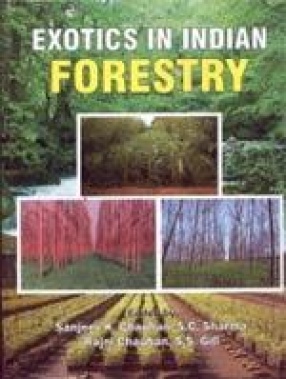
Exotics in Indian Forestry
-

Shisham and Kikar Mortality in India
-
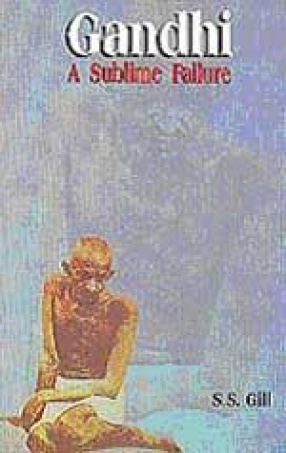
Gandhi: A Sublime Failure
-

Decentralised Planning in India
-

Ayurveda: The Ultimate Medicine
-

Insurgency or Ethnic Conflict: With Reference to Manipur
-

Discrete Mathematics
-
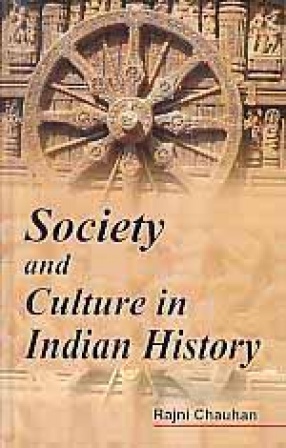
Society and Culture in Indian History

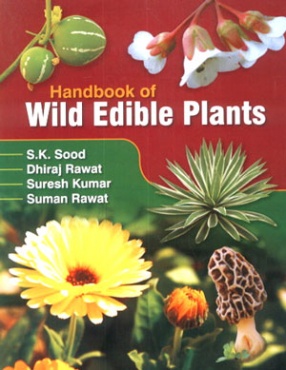
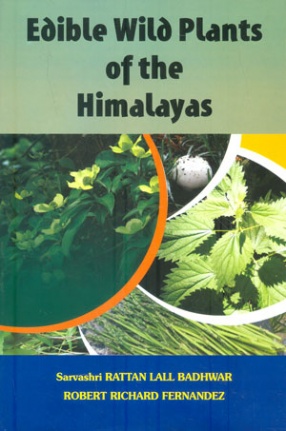
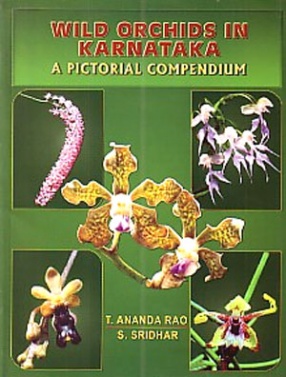

Bibliographic information
S.S. Gill
S.C. Sharma
Rajni Chauhan